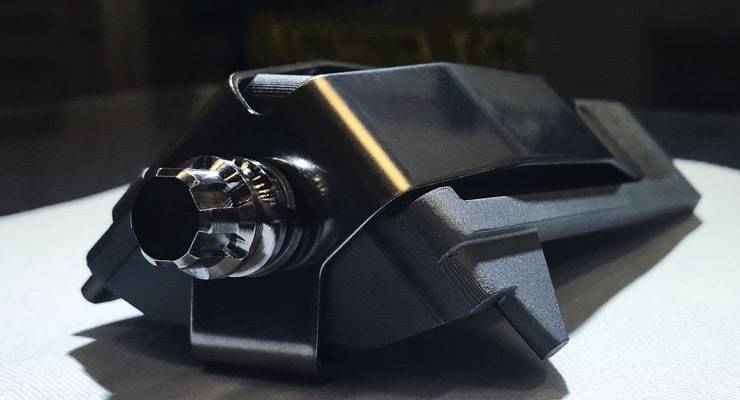“Deploying 3D-printed components in a reactor application is a great milestone,” said ORNL’s Ben Betzler, TCR program director. “It shows that it is possible to deliver qualified components in a highly regulated environment. This program bridges basic and applied science and technology to deliver tangible solutions that show how advanced manufacturing can transform reactor technology and components.”
“ORNL offers everything under one roof: state-of-the-art printing capabilities, world-class expertise in machining, next-generation digital manufacturing technologies, plus comprehensive characterization and testing equipment,” said Ryan Dehoff, ORNL section head for Secure and Digital Manufacturing.
The channel fasteners’ straightforward, though non-symmetric, geometry was a good match for a first-ever additive manufacturing application for use in a nuclear reactor.
ORNL’s broad nuclear research and development activities are directed toward providing science and technology breakthroughs to extend the viability and operations of the nation’s nuclear power plant fleet, while also accelerating the deployment of new, advanced nuclear power technologies.
“Collaborating with TVA and ORNL allows us to deploy innovative technologies and explore emerging 3D printing markets that will benefit the nuclear energy industry,” said John Strumpell, manager of North America Fuel R&D at Framatome. “This project provides the foundation for designing and manufacturing a variety of 3D-printed parts that will contribute to creating a clean energy future.”
Operations at Browns Ferry resumed April 22, 2021, after a planned outage to replace a variety of components for continued safe, reliable operation and delivery of carbon-free electricity. The brackets will remain in the reactor for six years with regular inspections during that period.


